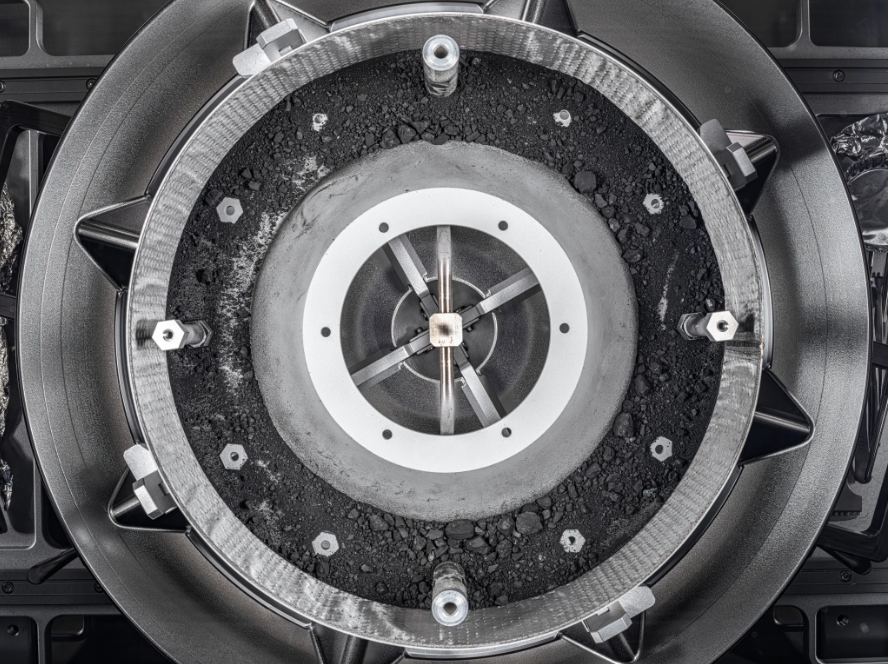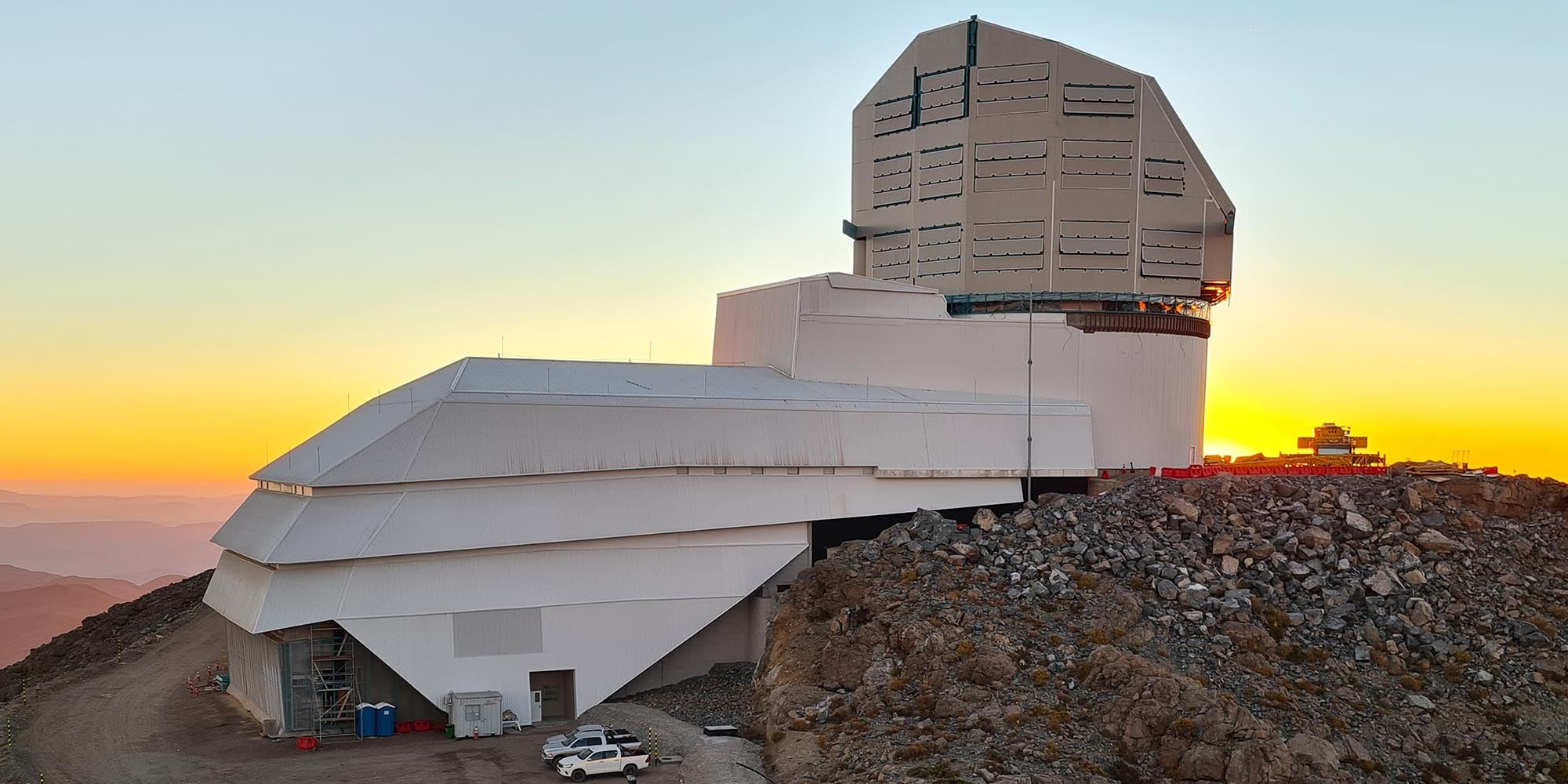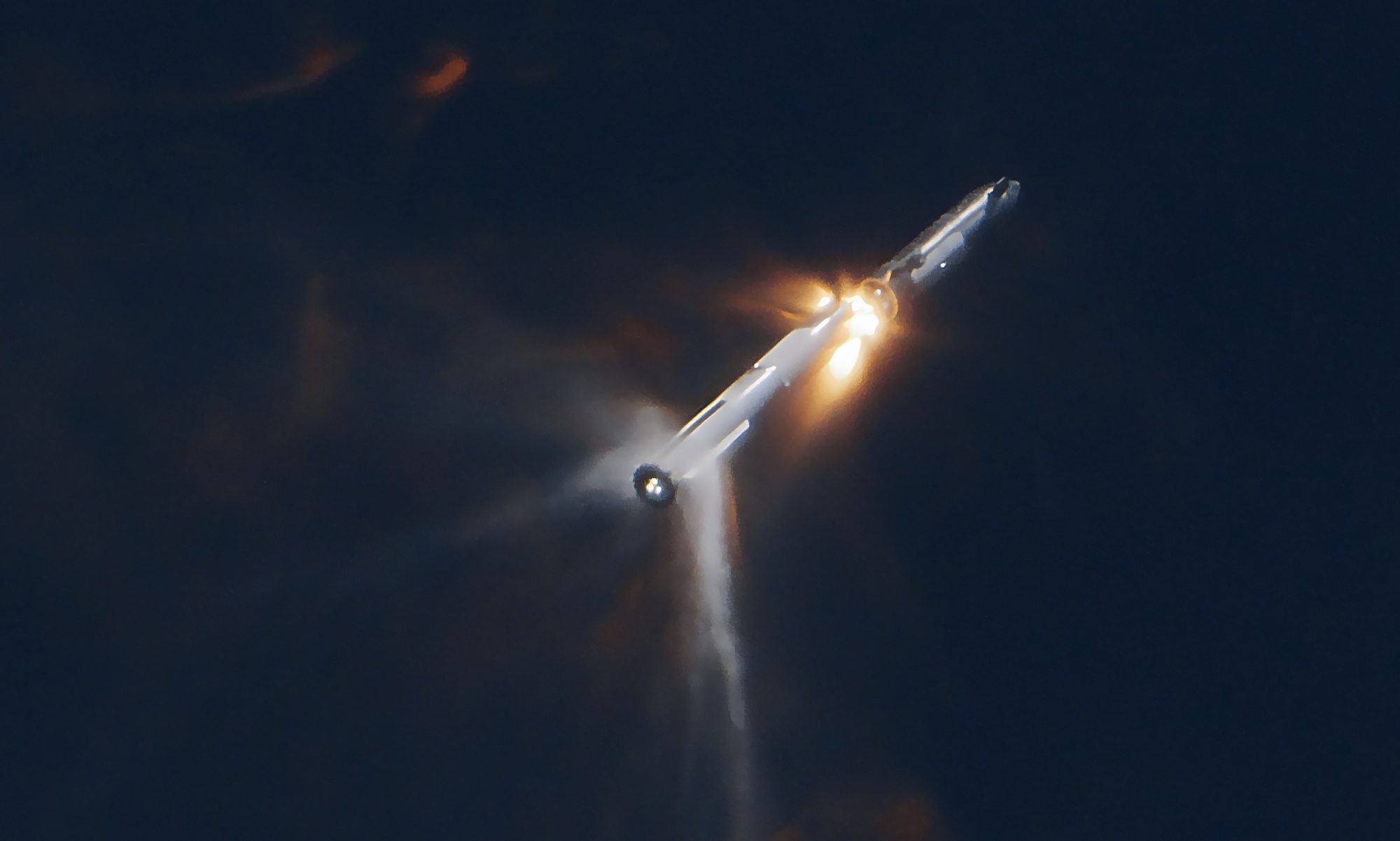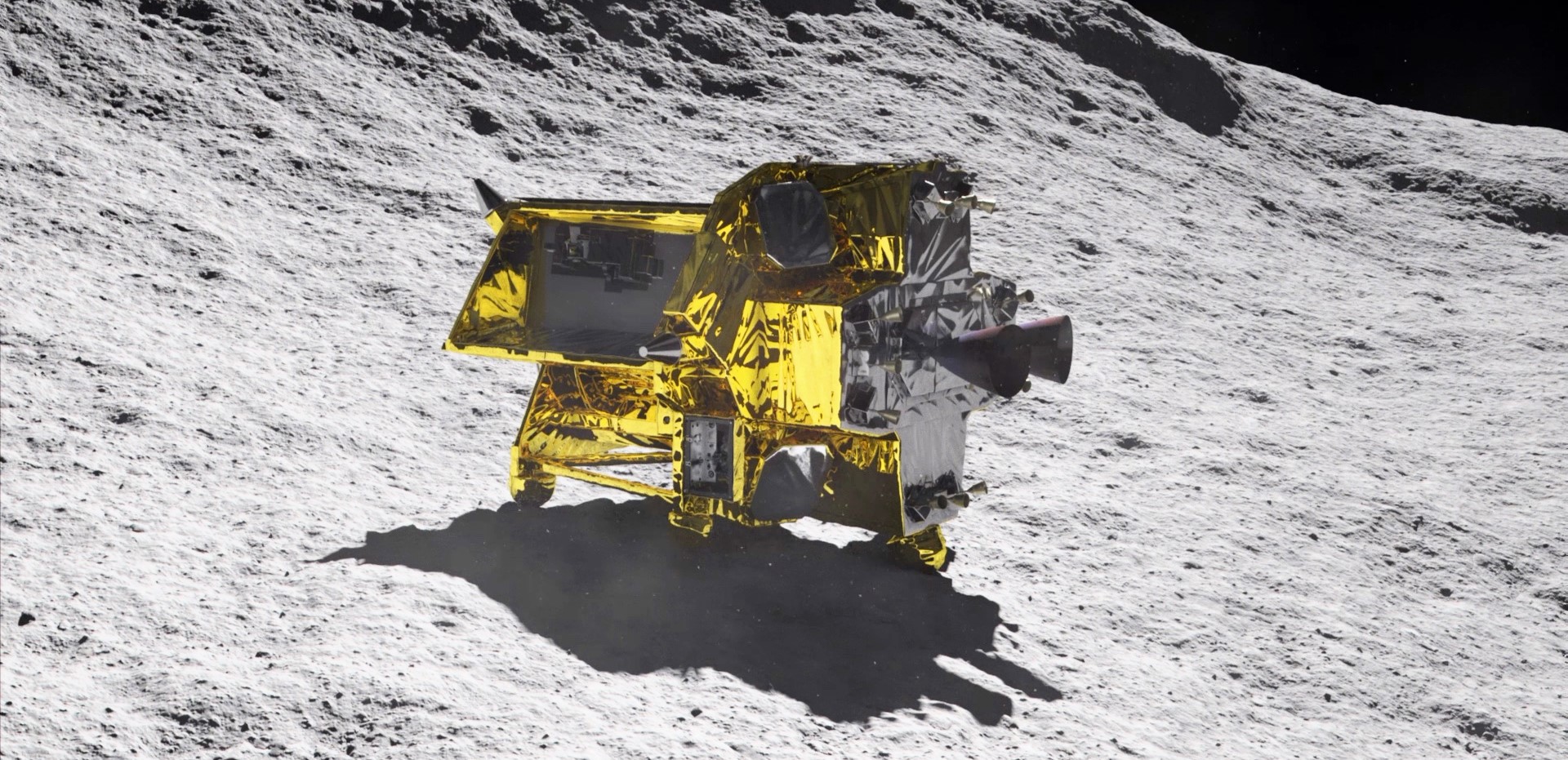The exploration of Mars continues, with many nations sending robotic missions to search for evidence of past life and learn more about the evolution of the planet’s geology and climate. As of the penning of the article, there are ten missions exploring the Red Planet, a combination of orbiters, landers, rovers, and one helicopter (Ingenuity). Looking to the future, NASA and other space agencies are eyeing concepts that will allow them to explore farther into the Red Planet, including previously inaccessible places. In particular, there is considerable interest in exploring the stable lava tubes that run beneath the Martian surface.
These tubes may be a treasure trove of scientific discoveries, containing water ice, organic molecules, and maybe even life! Even crewed mission proposals recommend establishing habitats within these tubes, where astronauts would be sheltered from radiation, dust storms, and the extreme conditions on the surface. In a recent study from the University Politehnica Bucuresti (UPB), a team of engineers described how an autonomous Martian Inspection Drone (MID) inspired by the Inginuity helicopter could locate, enter, and study these lava tubes in detail.
Continue reading “Future Mars Helicopters Could Explore Lava Tubes”










